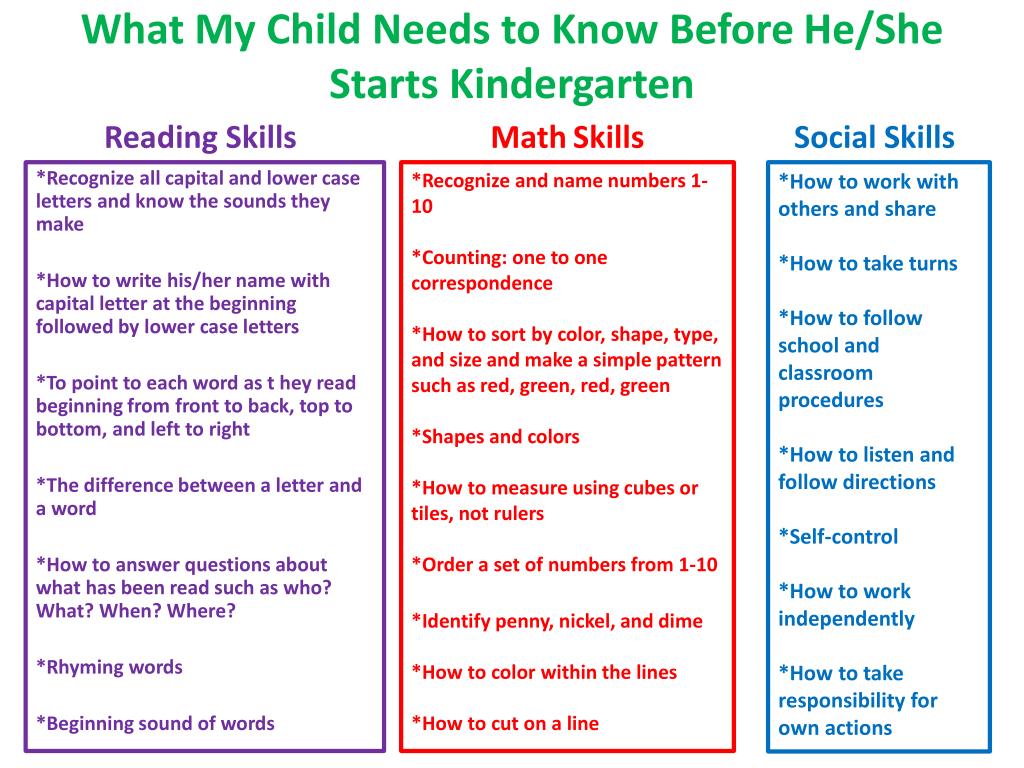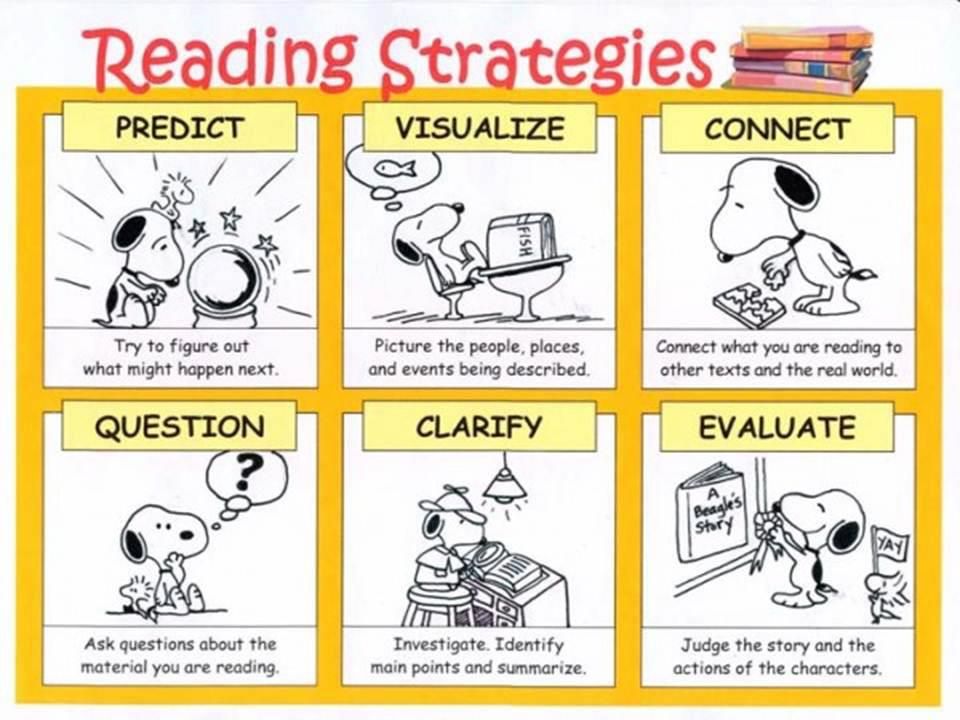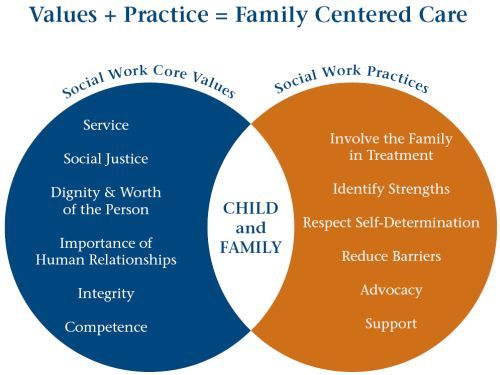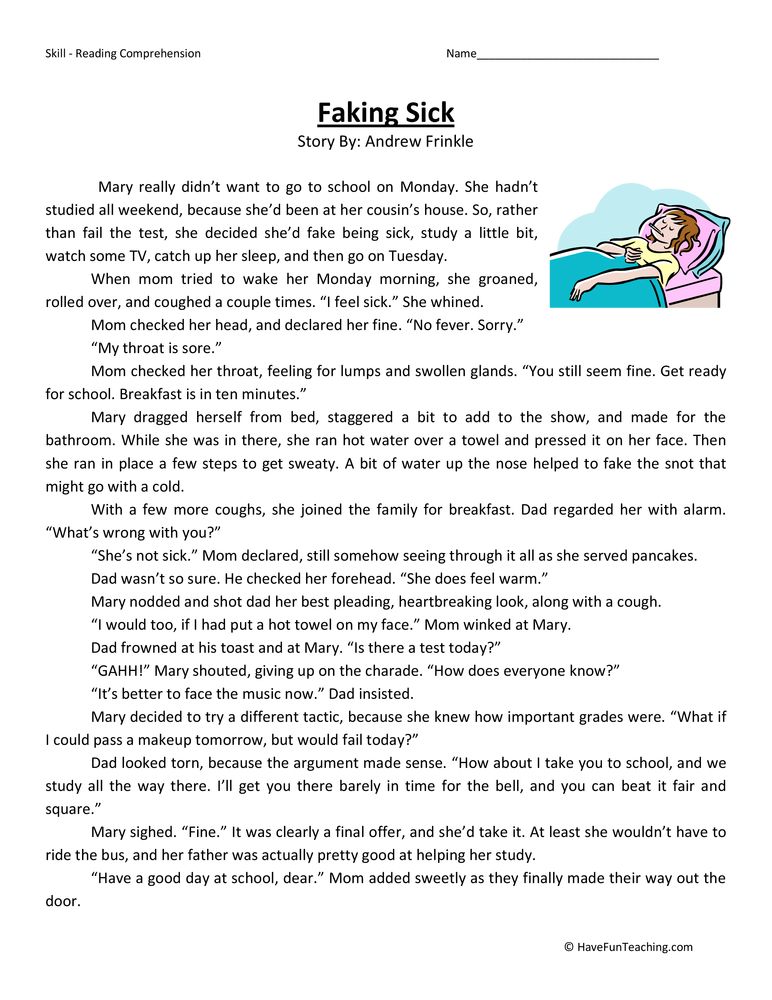How to build fluency in reading
How to Improve Reading Fluency for Better Comprehension
You’ve spent years reading storybooks, store signs, and cereal boxes to your child. But now that they're learning to read out loud by themselves, story time might feel like new territory. When your growing reader furrows their brow with every word and stumbles through most sentences, there are certain steps you can take to set them up for lifelong reading success.
Reading fluency is the ability to read out loud accurately, at a good pace (not too slow or too fast), and with expression. “Although it’s typically measured in school when children start reading on their own, such as at the end of first grade, reading fluency is something you can start working on with them even before then,” says Helen Maniates, Ph.D., associate professor of teacher education at the University of San Francisco.
And it certainly pays to, because reading skills can help your child get more out of every subject in school. “Reading fluency contributes to reading comprehension,” says Maniates. “When children read slowly, don’t pay attention to punctuation, or struggle with particular words, they lose track of the ideas in the text.” Set your child up for academic success with these easy — and fun! — reading approaches.
1. Show them your own fluent reading.
The more often your child hears fluent reading, the more likely they are to pick it up. “Start by reading a paragraph or a full page from a book, and then ask your child to read it,” says Brook Sawyer, Ph.D., an associate professor focusing on language and literacy development at the College of Education at Lehigh University. “When you provide that model, it’s an opportunity for the child to get familiar with the story, understand the pacing, and then mimic you.”
As you model, channel your high school drama class: Read with exuberant, Oscar-worthy expression and pause at the appropriate times (at commas, periods, etc.) to demonstrate the cadence of our language. It’s also helpful to play audiobooks in the car to squeeze in extra modeling time when you’re on the go, says Sawyer.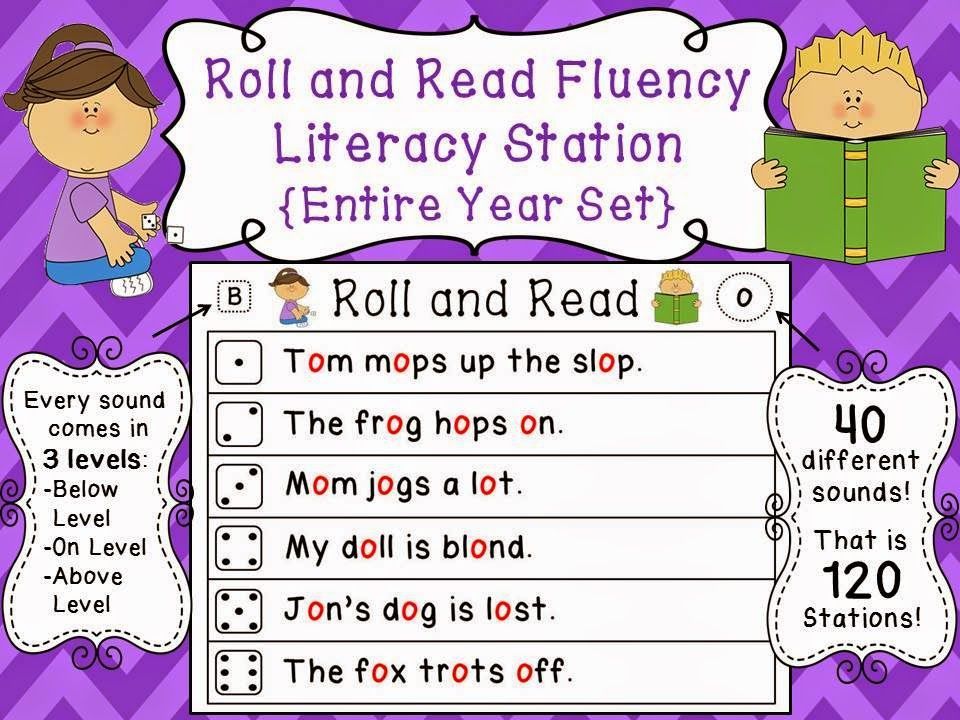
2. Teach your child how to track words.
If you’ve ever learned a new language, you know how difficult it can be to decipher where one word ends and the next begins when listening to a conversation. Your little learner might feel the same way when they try to follow along during story time. That’s where tracking — or running your finger under words as you read them — comes in handy. You can track while you’re reading to your child, or ask them to track when they're reading out loud.
“When kids are first learning to read, it’s really important for them to touch each word to understand the correspondence between the spoken and written language,” says Maniates. “It’s a stepping-stone strategy. Eventually, they’ll be able to tackle larger phrases without reading word by word.” To make tracking words more fun for your child, equip them with plastic Martian or witch fingers!
3. Try choral reading together.
Not to worry: No singing skills required! Choral reading simply means you read a story out loud, and ask your child to read along with you at the same pace.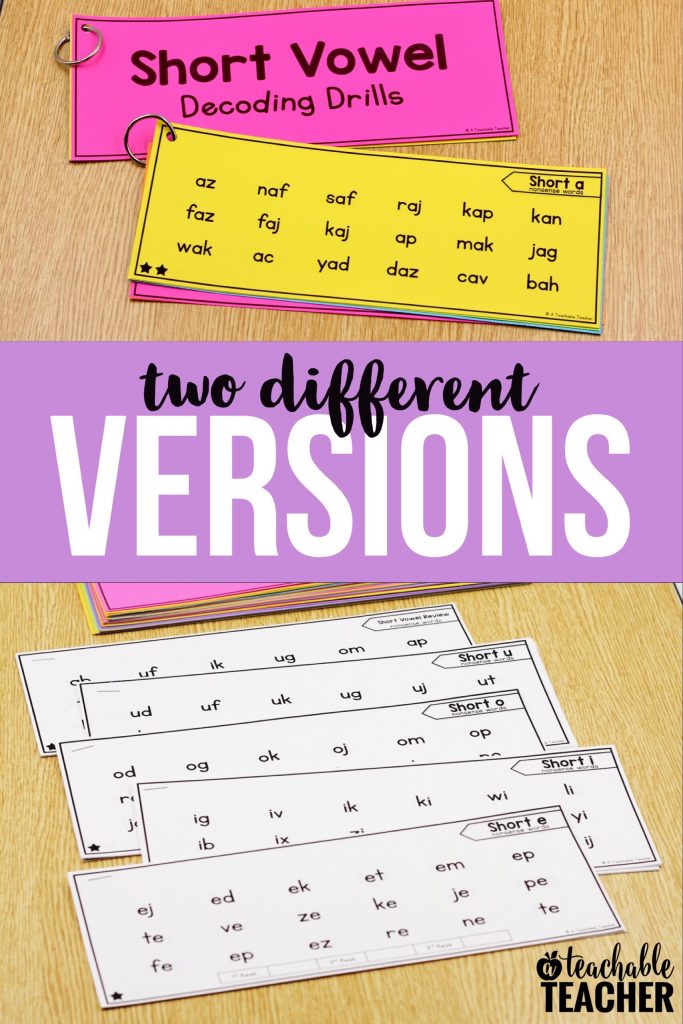 This helps them understand what fluent reading feels like, and gives them the chance to practice it themselves at your pace, says Sawyer. It’s OK if you’re a tiny bit ahead of them — just be sure to pick a book that they can already read themselves. That way, they're working on pacing and accuracy rather than decoding new words.
This helps them understand what fluent reading feels like, and gives them the chance to practice it themselves at your pace, says Sawyer. It’s OK if you’re a tiny bit ahead of them — just be sure to pick a book that they can already read themselves. That way, they're working on pacing and accuracy rather than decoding new words.
4. Focus on sight words.
You may notice that your child struggles with certain words like “walk” or “house,” also known as sight words. “These are words that are not decodable by sounding them out phonetically,” says Maniates. “They often overlap with high-frequency words, which are those that appear very often in children’s texts.” When your child memorizes what these words look like and can instantly recognize them, they won’t have to spend valuable reading time (and brainpower!) trying to sound them out.
Turn teaching sight words into a game: Spell the words out with magnetic letters; write them on a large piece of paper and ask your child to splat the correct word with a fly swatter when you say it; or use activity packs to help them easily learn them anywhere.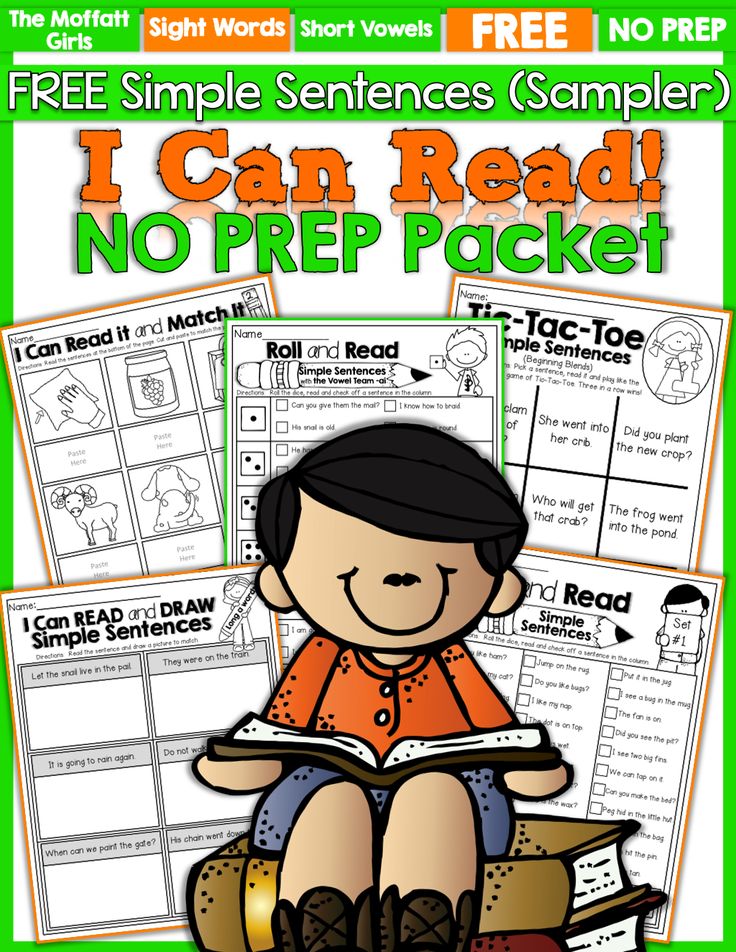
5. Recruit a friendly audience.
Just like us grown-ups, kids are more likely to fumble over their words when they feel nervous or uncomfortable. Set up an inviting stage for them to practice reading stories out loud by creating an audience out of their favorite stuffed animals or recruiting your family pet to listen along. “Some kids really don’t like to read in front of other people, either because they feel shy or feel pressure around it,” says Sawyer. “Start by reading a story together, and then for extra practice, set up a pretend audience that they can read out loud for.”
Eventually, this might also help your child read with more expression. “Reading out loud is almost like a performance, because you’re thinking about your voice, the volume, the pitch, the tone, and you might even be making facial expressions or gestures,” says Maniates. “We want kids to do this when they’re young because that’s how they’ll internalize stories when they read silently to themselves later on.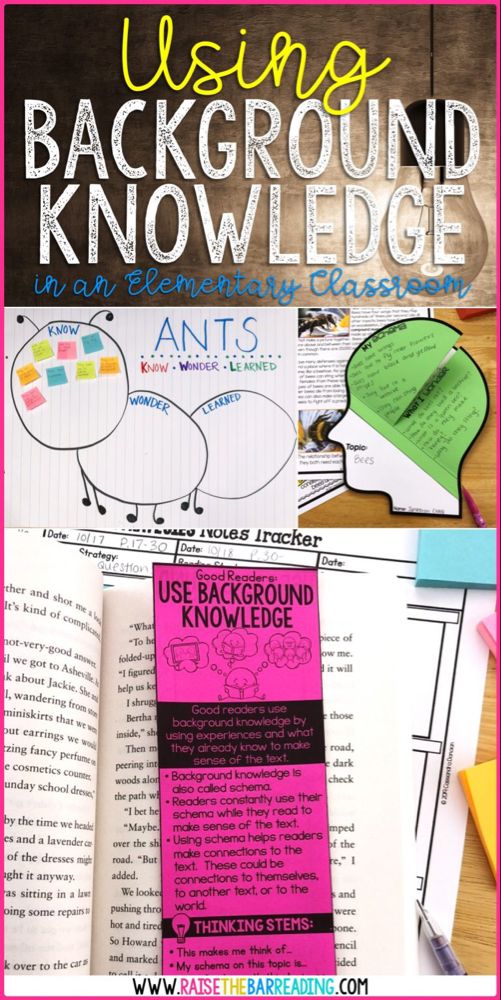 ”
”
6. Record, evaluate, and repeat!
Every so often, when your child is reading out loud, record a passage and then listen to it together. You might celebrate that they read on pace, then record it a second time while aiming for more expression. “Set a specific goal for the session, and decide together what you want to do a little better,” says Sawyer. Just be sure to make it a relaxed setting (this is something you can do in jammies and on the sofa!) and focus on the positive strides your child is making.
It's also a good time to incorporate texts that are easy for your child to read. “Parents are often concerned with getting their kids ahead in reading, but when they’re struggling, going back to easier texts can be really helpful,” says Maniates. “It builds confidence and consolidates their skills so they can expand upon them.”
Shop books that build fluency skills below! You can find all books and activities at The Scholastic Store.
Five Evidence-Based Ways to Improve Reading Fluency in Elementary and Secondary Grades
Imagine this conversation between an instructional coach and a sixth-grade social studies teacher concerned about student performance on unit tests.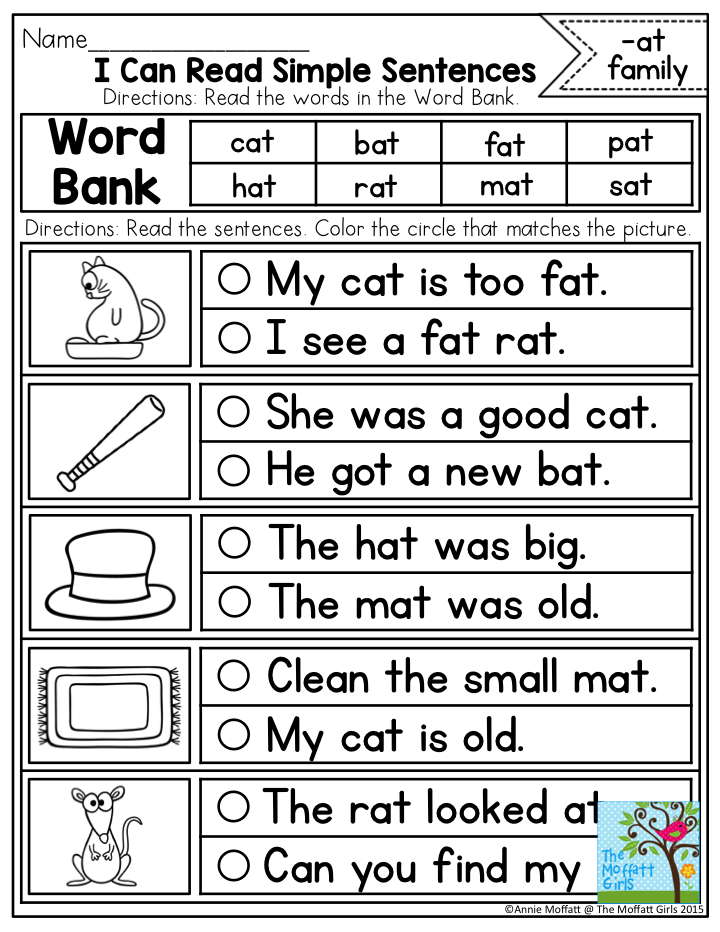
Instructional Coach: When we spoke last week, we decided that you would interview a few students to learn why they struggle with their social studies unit tests and talk to other teachers to see if they are noticing similar trends. What did you learn?
Teacher: I began by talking to colleagues, and they are experiencing similar things. I then spoke to a few students and learned that they often struggle on unit tests because they have difficulty reading and understanding the questions.
Coach: How do students perform when working on daily activities?
Teacher: Students usually do well and can answer the questions that I ask about what we are reading. This is why I am confused by their poor performance on the unit tests.
Coach: When students are reading during daily activities, what do you notice?
Teacher: Well, some have low reading levels, so I often read the material to them.
Coach: Do you read the material when it comes time for the test?
Teacher: No, I want to see what they can do independently.
Coach: What I heard you say is that students perform well on daily activities when you read the material to them, but they struggle when they are expected to read and answer questions on their own. We may need to dig into their reading fluency skills and help them develop their skills in this area in order to help them perform better on their social studies unit tests.
Teacher: I see what you mean, and I will need help thinking about how to better support my students’ reading fluency.
In this blog post, we focus on reading fluency in elementary and secondary classrooms. Reading fluency is a critical reading skill that facilitates reading for understanding and is our ultimate goal for teaching reading. It involves reading with appropriate rate, accuracy, and expression (National Reading Panel, 2002). Pikulski and Chard defined reading fluency as “efficient, effective word-recognition skills that permit a reader to construct the meaning of text. Fluency is manifested in accurate, rapid, expressive oral reading and is applied during, and makes possible, silent reading comprehension” (2011, p.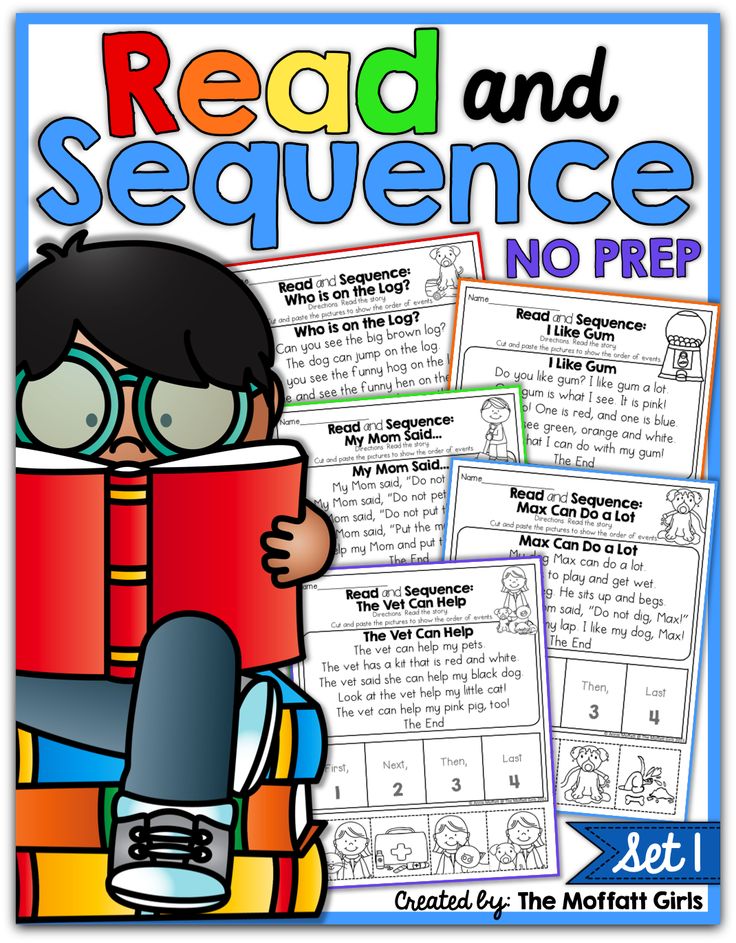 510).
510).
The importance of reading fluency for students’ reading comprehension is further supported by a recent National Assessment of Educational Progress report (NAEP, 2021). The NAEP study found that oral reading fluency was consistently and positively related to fourth-grade students’ performance on the NAEP reading test, which measures reading comprehension and is used to evaluate our nation’s progress in reading. In particular, students who scored low on the NAEP reading test showed difficulty with reading fluency, word-level reading skills, and text comprehension. Despite the importance of reading fluency, many teachers may be unsure how to best support the students they teach who struggle with reading. In this blog post, we share five evidence-based recommendations for improving reading fluency among struggling readers.
5 Recommendations for Improving Reading Fluency Among Struggling Readers
1. Develop students’ ability to decode words.
Many students who struggle with reading fall behind early in their education because they struggle with skills such as letter identification, letter-sound correspondence, or word recognition.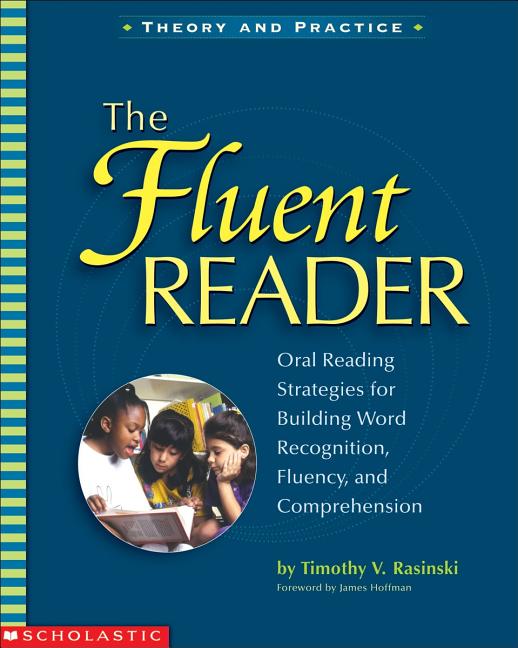 These underlying word-reading skills are foundational for reading fluency. For students with significant reading difficulties, this word-level instruction is key to unlocking passage-level reading fluency.
These underlying word-reading skills are foundational for reading fluency. For students with significant reading difficulties, this word-level instruction is key to unlocking passage-level reading fluency.
When teaching these skills, it is important to deliver instruction that is explicit and systematic. Instruction should be explicit in the sense that the teacher must implement familiar routines, include many examples, and explain each skill in ways that are clear, visible, and consistent for students. Instruction should be systematic in that it should move from easier to more complex, build on higher-utility skills and what students know, and be appropriate for the task or lesson goal. The "I do, we do, you do” model is often used to plan an explicit and systematic lesson.
What foundational reading skills are important to teach in each grade? Here are some examples (The Meadows Center for Preventing Educational Risk [MCPER], 2016) of specific activities teachers might use when teaching one or more of these skills (this is not meant to be an exhaustive list):
- Kindergarten: Introduce new and review previously learned letters and sounds; make or build words; introduce new and review previously learned high frequency words; use fluency practice with skills.

- Grade 1: Review phonological awareness skills; introduce sound, spelling partners, and morphemes; make or build words; introduce new and review previously learned high-frequency words; use fluency practice with skills.
- Grade 2: Make or build words; introduce new high-frequency words; use fluency practice with skills.
- Grades 3–5: Make or build words; use fluency practice with skills.
2. Ensure that each student reads connected text every day to support reading rate, accuracy, and expression.
Students may be proficient enough at reading lists of individual words, but they must also practice their skills in books or passages (i.e., connected text) to become fluent readers. Reading familiar books or passages allows students’ skills to become more automatic, which enables them to free up their attention to connect ideas in the text to background knowledge and increase their reading comprehension.
To get better at reading requires more time reading.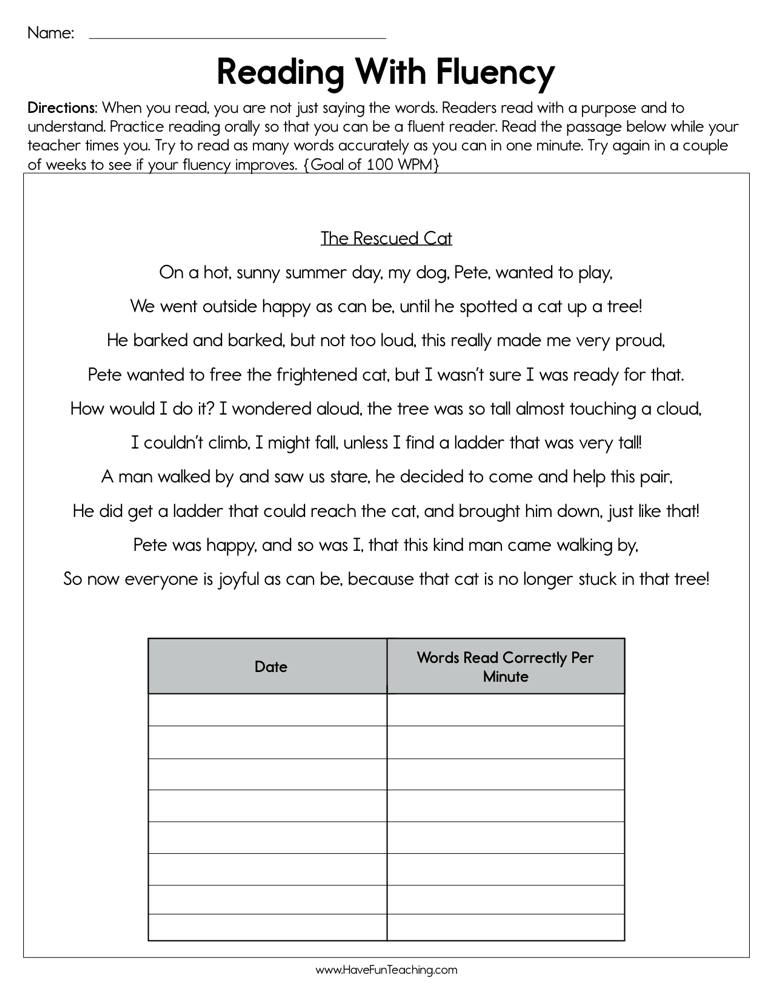 When developing lesson plans, it is important that teachers identify opportunities for students to practice reading. This can, of course, happen in English and language arts classes, but it also should happen across content areas. Students often are motivated to read more when they are interested in the reading material and when they have adequate support.
When developing lesson plans, it is important that teachers identify opportunities for students to practice reading. This can, of course, happen in English and language arts classes, but it also should happen across content areas. Students often are motivated to read more when they are interested in the reading material and when they have adequate support.
At home, parents can encourage more reading each day by scheduling dedicated time for students to read independently (i.e., reading material independently with 95% to 100% accuracy) and by establishing a purpose for reading. For example, children can select a book to read that is of interest to them, and each day they can document what they read in a reading log. Daily entries in this reading log might include recording progress toward achieving a goal (e.g., increasing the number of words or pages read each day), brief summaries, connections made, difficulty vocabulary encountered, etc. Entries could be used to create a presentation to be shared with a student’s peers.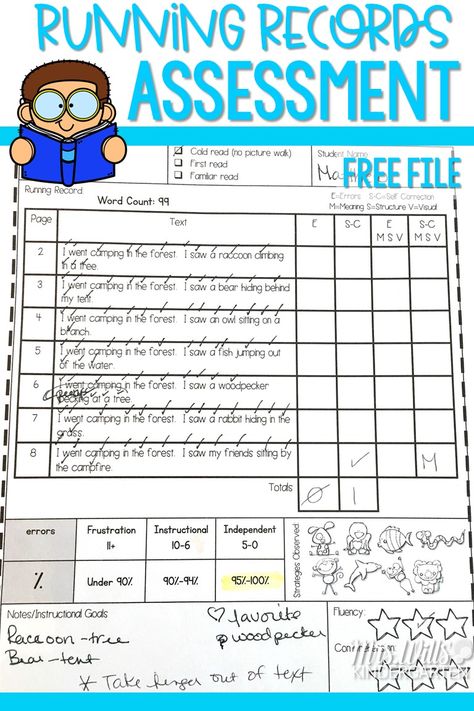 Schoenbach, Greenleaf, and Murphy’s Reading for Understanding (2012) provides additional recommendations for reading logs (what they refer to as metacognitive logs).
Schoenbach, Greenleaf, and Murphy’s Reading for Understanding (2012) provides additional recommendations for reading logs (what they refer to as metacognitive logs).
3. Model reading fluency for your students.
Read-alouds are a powerful and useful instructional tool that model important foundational skills (i.e., prosody, vocabulary, and that print conveys a message) for children in a way that explicitly and unambiguously teaches something (Roberts & Burchinal, 2001; Trelease, 2001). When paired with think-alouds, teachers can promote vocabulary acquisition and help students make sense of or make connections between ideas beyond the classroom (Beck, McKeown, & Kucan, 2013; Gold & Gibson, 2001; Massaro, 2017).
Read-alouds can be used to model reading fluency. For example, before reading a text, a teacher might say, “Follow along as I read. Listen to how I read the words at a steady pace and how I pause to take a quick breath at each period." Modeling reading fluency has been found to be an effective tool for improving reading fluency.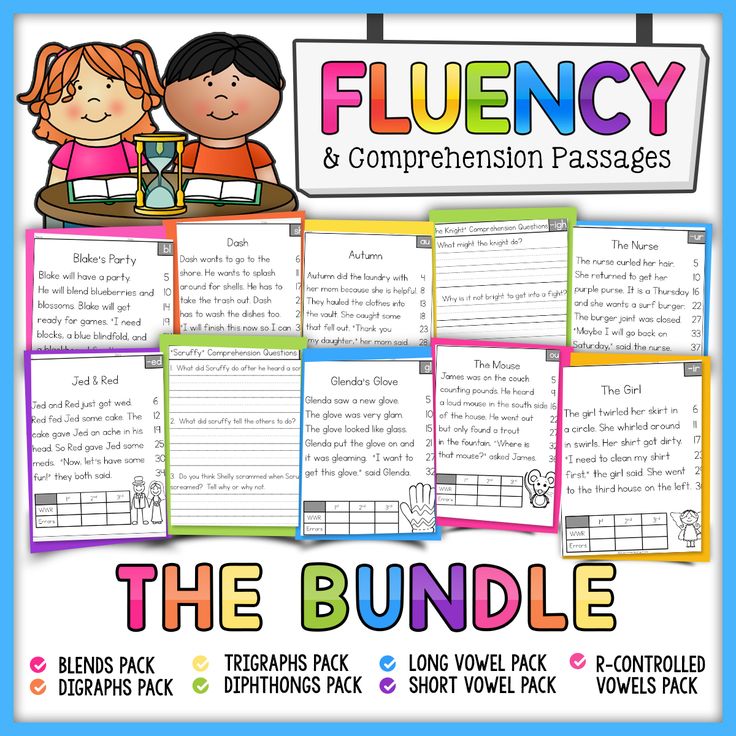 Teachers or parents who are interested in incorporating this modeling within their read-aloud routines may find this read-aloud resource, developed by The Meadows Center for Preventing Educational Risk, to be helpful.
Teachers or parents who are interested in incorporating this modeling within their read-aloud routines may find this read-aloud resource, developed by The Meadows Center for Preventing Educational Risk, to be helpful.
4. Take advantage of repeated reading routines.
Repeated reading is reading and rereading material to match the (a) purpose of the lesson and (b) student’s reading ability. For example, if the purpose is to enhance reading rate, then select a text that is appropriate and at the student’s decoding level. The teacher and student can monitor the number of words read correctly and can discuss the story to check comprehension. Discussions after each read can change to focus on a different reading element (e.g., character, main idea).
Teachers who are interested in this routine can find lesson plans here that show how this routine can be taught following an explicit instructional approach (see page 59 of the PDF, which is page 196 in the original resource book).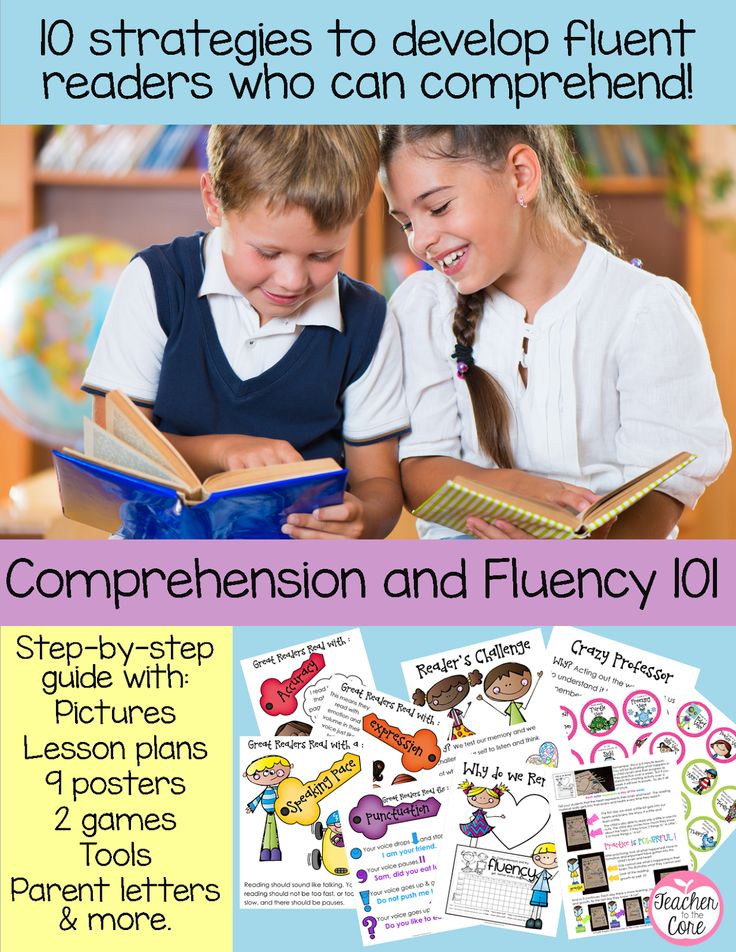
- Students select a passage.
- The higher-performing student reads the lower-performing student’s passage first to provide a model.
- The lower-performing student practices reading through the passage three times with their partner. The partner marks student errors on a copy of the passage and provides feedback on student errors.
- Students read the passage a fourth time as quickly as possible. Partners time the student reading for 1 minute. This time is referred to as the “first timing.”
- Students record progress on their individual graphs in their workbooks.
5. Set fluency goals and use progress-monitoring data to inform instruction.
The combination of reading accuracy and rate (automaticity) is considered a student’s oral reading fluency (ORF). Beginning in the middle of first grade, ORF is a complex skill that develops gradually, measures accuracy without regard to reading rate, and is one way to screen students quickly to monitor progress and determine whether additional support is needed.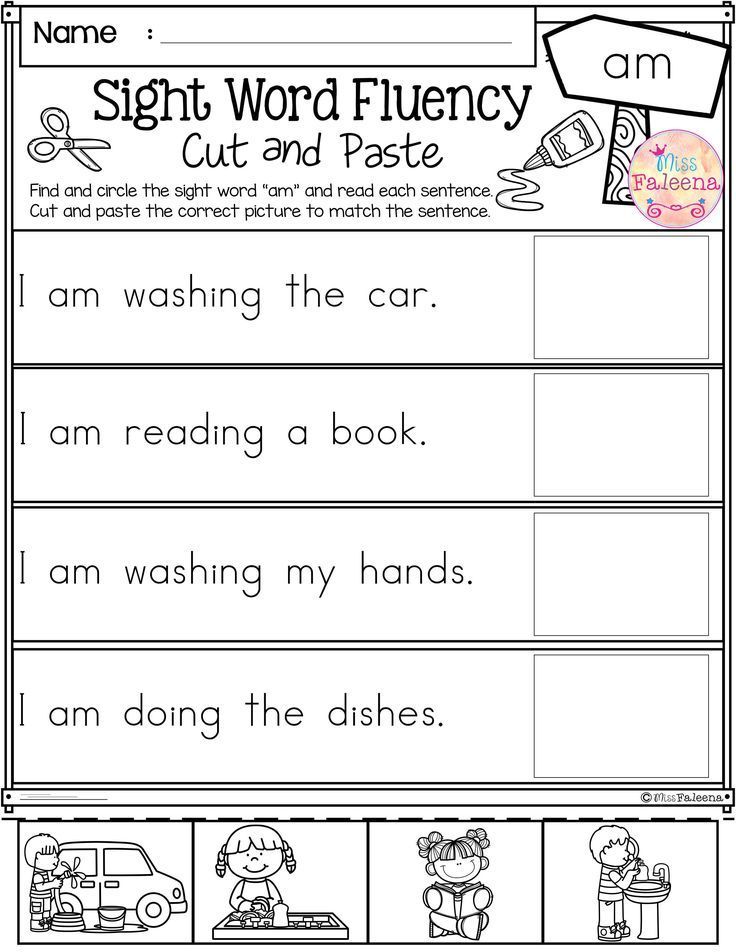 Measuring ORF provides valuable information about the child’s ability to read connected text fluently. Below are a few resources to use when setting fluency goals and monitoring student progress:
Measuring ORF provides valuable information about the child’s ability to read connected text fluently. Below are a few resources to use when setting fluency goals and monitoring student progress:
- Reading Fluency Goal Setting template (Iowa Reading Research Center, n.d.a)
- Oral Reading Fluency Reflection Guide (Iowa Reading Research Center, n.d.b)
- Oral Reading Fluency Norms (Reading A-Z, 2021
Tracking or monitoring progress is important to determine student reading growth and is closely linked to both screening and diagnostic assessment. Progress monitoring, administered weekly or biweekly, is a systematic process to formatively track the progress of student growth of an intervention skill (e.g., fluency). It additionally provides information about the appropriate levels of text to use (The University of Texas Center for Reading and Language Arts, 2002). Progress monitoring can help you answer a number of questions, such as: Is learning happening? Is my teaching helping students make progress?
Take Action
- Review current or historical school and classroom data to determine how information and resources included in this blog might be used to further student learning.
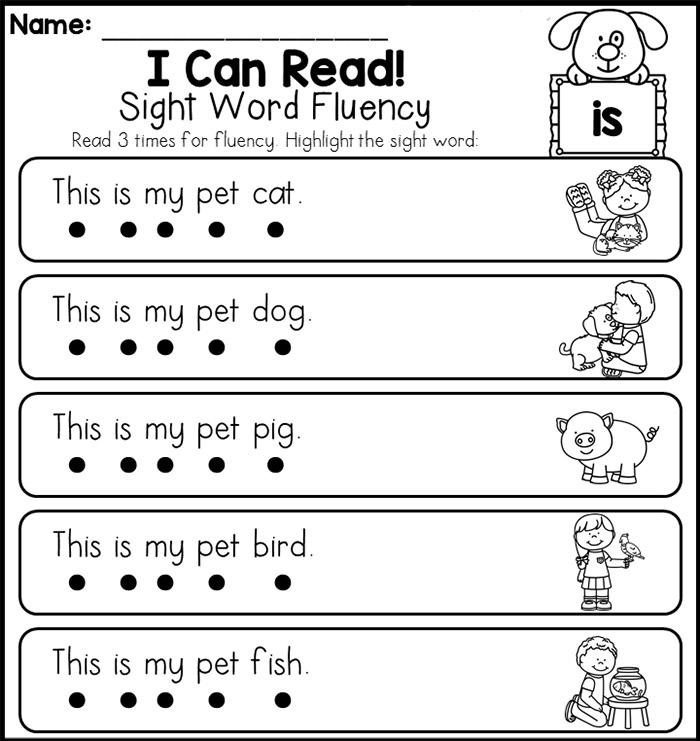
- Choose one of the resources, routines, or strategies to implement in your classroom. Write and share reflections. How did the routine improve or strengthen your current practices? How did students respond differently to this routine versus what you normally do?
- Select one of the five recommendations about which to learn more. Based on this new learning, make adjustments in one of your current classes to target one or more student’s needs.
- Review one or more of the additional resources below and choose one to add to your existing classroom practices.
| Resource | Content |
|---|---|
| Fluency Practice: Techniques for Building Automaticity in Foundational Knowledge and Skills Authors: Datchuk & Hier, 2019 Audience: Elementary | Learn about the components of fluency practice, gain access to a checklist of steps to use when implementing a fluency practice session (i. |
| FCRR Student Center Activities Author: Florida Center for Reading Research, 2004-2010 Audience: Elementary | Materials to use during whole- or small-group instruction, centers/workstations, or for extended learning. Fluency materials include (but are not limited to) letter recognition, letter-sound correspondence, word parts, words, phrases, chunked text, and connected text. |
| Effective Fluency Instruction and Progress Monitoring Author: The University of Texas Center for Reading and Language Arts, 2004 Audience: Elementary | Gain access to a presentation focused on fluency instruction, as well as strategy sets to teach letter sounds, regular word reading, irregular word reading, and fluency in connected text. |
| Essential Reading Strategies for the Struggling Reader: Activities for an Accelerated Reading Program Author: The University of Texas Center for Reading and Language Arts, 2001 Audience: Elementary, Secondary | Learn about and access supplemental literacy resources to support the five components of reading instruction. |
| Sight Word Fluency Lists Author: The Meadows Center for Preventing Educational Risk, 2017 Audience: Elementary | Access lesson materials that focus on sight word fluency and word recognition. Use materials for routines such as reading words aloud as a group, partner reading, repeated reading, paired reading, and more. |
| 10 Key Policies and Practices for Reading Intervention (The Key Strategies in Action 2: Use universal screening to identify students experiencing reading difficulties) Author: The Meadows Center for Preventing Educational Risks, 2020 Audience: Elementary, Secondary | Learn about policies and practices for reading intervention, as well as key strategies in action. |
References
Beck, I., McKeown, M., & Kucan, L. (2013). Bringing words to life: Robust vocabulary instruction (2nd ed.). The Guilford Press.
Datchuk, S., & Hier, B. (2019). Fluency practice: Techniques for building automaticity in foundational knowledge and skills. Exceptional Children, 51(6), 424-435.
Duke, N. & Pearson, D. (2008). Effective practices for developing reading comprehension. Journal of Education, 189(1/2), 107-122.
Florida Center for Reading Research. (n.d.). FCRR student center activities. https://www.fcrr.org/student-center-activities
Glaser, D. (2002). High school tutors: Their impact on elementary students’ reading fluency through implementing a research-based instruction model [Doctoral dissertation, Boise State University].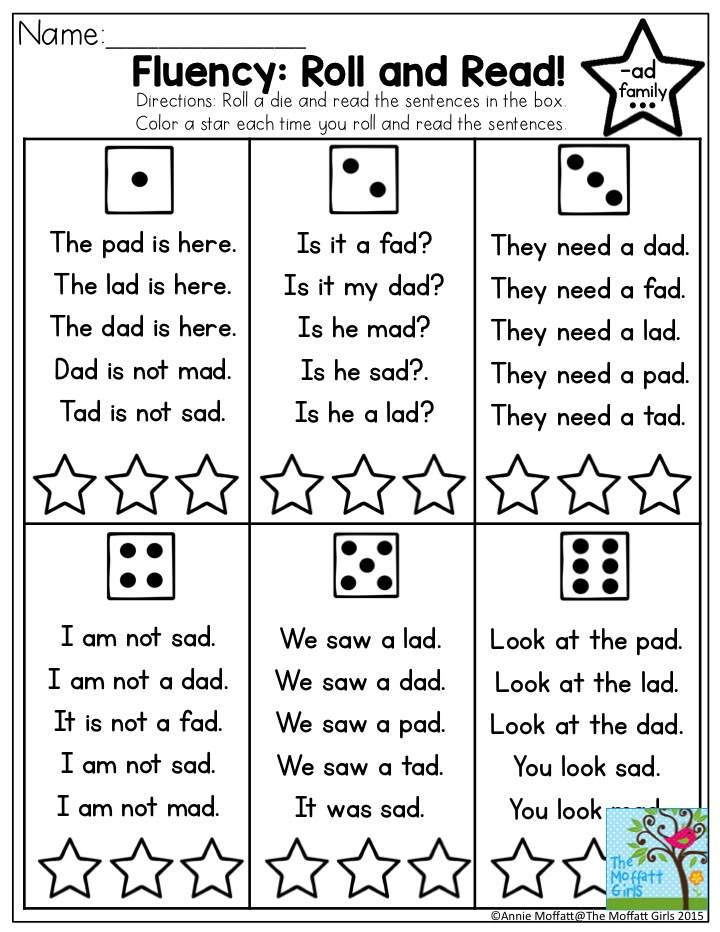 ProQuest Dissertations and Theses Global.
ProQuest Dissertations and Theses Global.
Gold, J., & Gibson, A. (2001, June 14). Reading aloud to build comprehension. Reading Rockets. https://www.readingrockets.org/article/reading-aloud-build-comprehension
Iowa Reading Research Center. (n.d.a ). Oral reading fluency skills goal setting template. https://iowareadingresearch.org/oral-reading-fluency-goal-setting-template
Iowa Reading Research Center. (n.d.b). Oral reading fluency reflection guide. https://iowareadingresearch.org/oral-reading-fluency-reflection-guide
Massaro, D. (2017). Reading aloud to children: Benefits and implications for acquiring literacy before schooling begins. The American Journal of Psychology, 130(1), 63-72.
The Meadows Center for Preventing Educational Risk. (2014). Read-aloud routine for building vocabulary and comprehension skills in kindergarten through third grade. https://meadowscenter.org/files/resources/FlipBook_Screen1.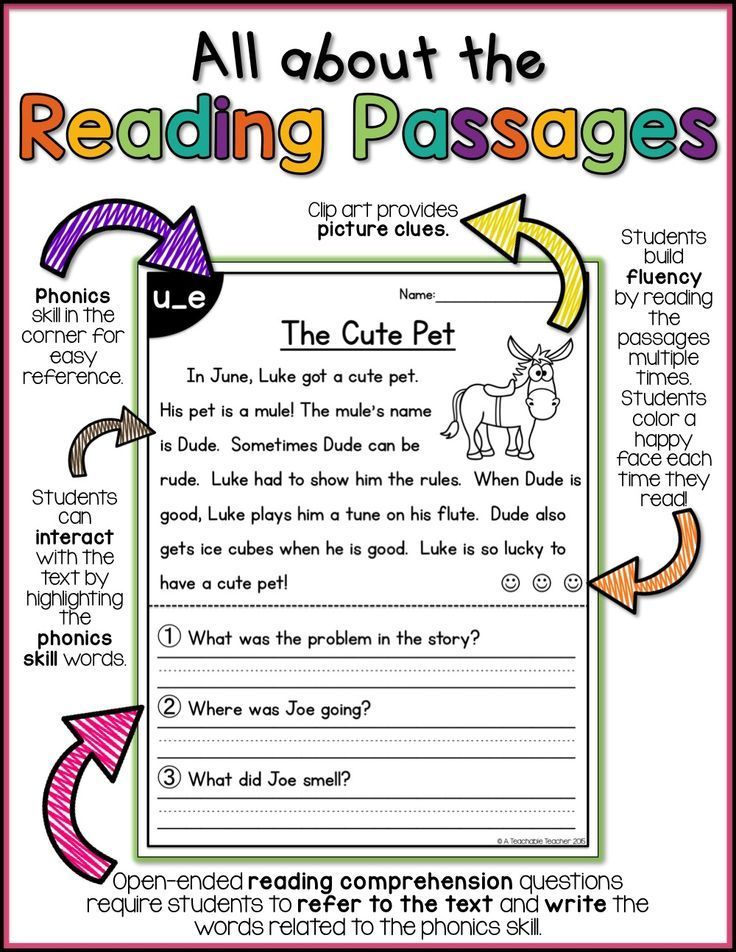 pdf
pdf
The Meadows Center for Preventing Educational Risk. (2016). Sample literacy blocks, K-5. https://buildingrti.utexas.org/instructional-materials/sample-literacy-blocks-k-5
The Meadows Center for Preventing Educational Risk. (2017). Sight word fluency lists. https://texasldcenter.org/lesson-plans/detail/sight-word-fluency-lists
The Meadows Center for Preventing Educational Risk. (2020). 10 key policies and practices for reading intervention. https://www.meadowscenter.org/files/resources/10Key_ReadingIntervention_WEB-Rev2.pdf
National Assessment of Educational Progress. (2021). The 2018 NAEP oral reading fluency study. https://nces.ed.gov/nationsreportcard/subject/studies/pdf/2021025_2018_orf_study.pdf
National Reading Panel. (2002). Teaching children to read: An evidence-based assessment of the scientific research literature on reading and its implications for reading instruction. https://www.nichd.nih.gov/sites/default/files/publications/pubs/nrp/Documents/report.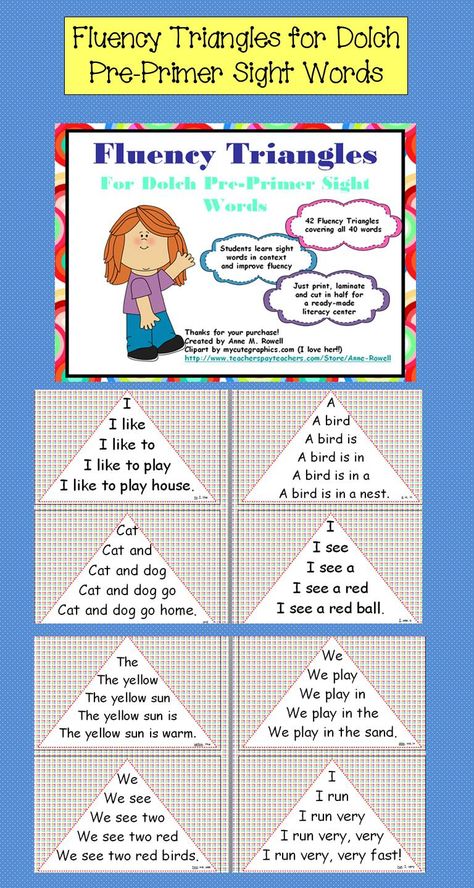 pdf
pdf
Pikulski, J., & Chard, D. (2005). Fluency: Bridge between decoding and reading comprehension. The Reading Teacher, 58(6), 510-519.
Reading A-Z. (2021). Fluency standards table. https://www.readinga-z.com/fluency/fluency-standards-table/
Roberts, J., & Burchinal, M. (2001). The complex interplay between biology and environment: Otitis media and mediating effects on early literacy development. In S. B. Neuman & D. K. Dickinson (Eds.), Handbook of early literacy research (pp. 232-241). The Guilford Press.
Schoenbach, R., Greenleaf, C., & Murphy, L. (2012). Reading for understanding: How Reading Apprenticeship improves disciplinary learning in secondary and college classrooms. Jossey-Bass.
The University of Texas Center for Reading and Language Arts. (2001). Essential reading strategies for the struggling reader: Activities for an accelerated reading program. https://texasldcenter.org/files/lesson-plans/Essential_Strategies_web.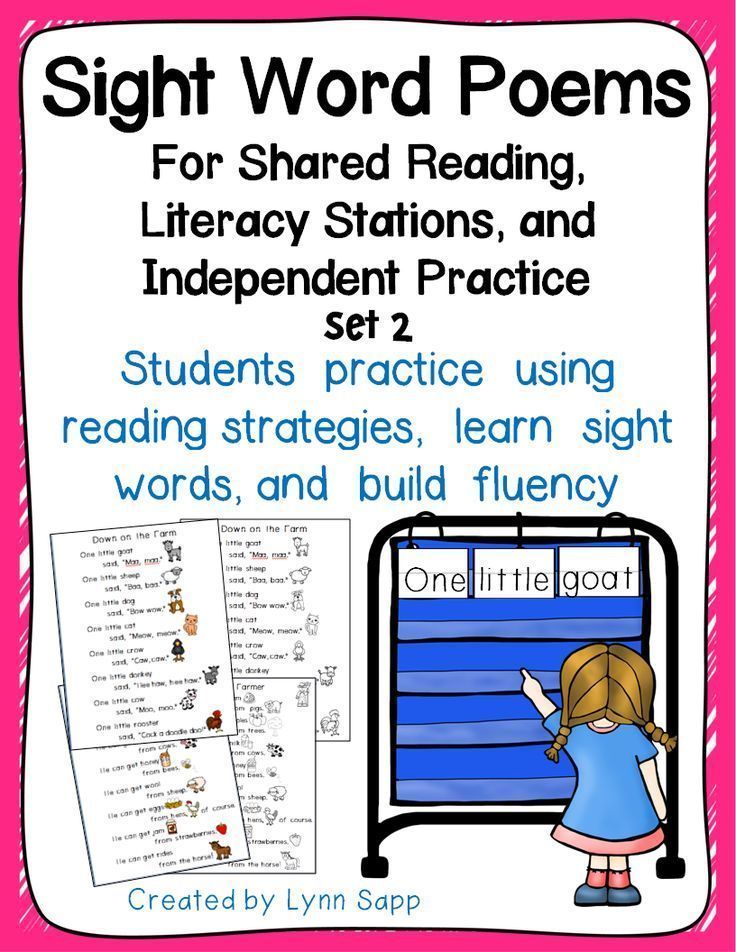 pdf
pdf
The University of Texas Center for Reading and Language Arts. (2002). Effective instruction for struggling readers: Research-based practices.
The University of Texas Center for Reading and Language Arts. (2004). Effective fluency instruction and progress monitoring. https://meadowscenter.org/files/resources/Fluency_Guide.PDF
Trelease, J. (2001). The read-aloud handbook (5th ed.). Penguin Books.
Reading Fluency Exercises
- Igumenova Irina Anatolyevna, primary school teacher
Sections: Elementary school
1. Read clearly, speed up:
In the forest…
They live in the forest ... ...
Animals live in the forest.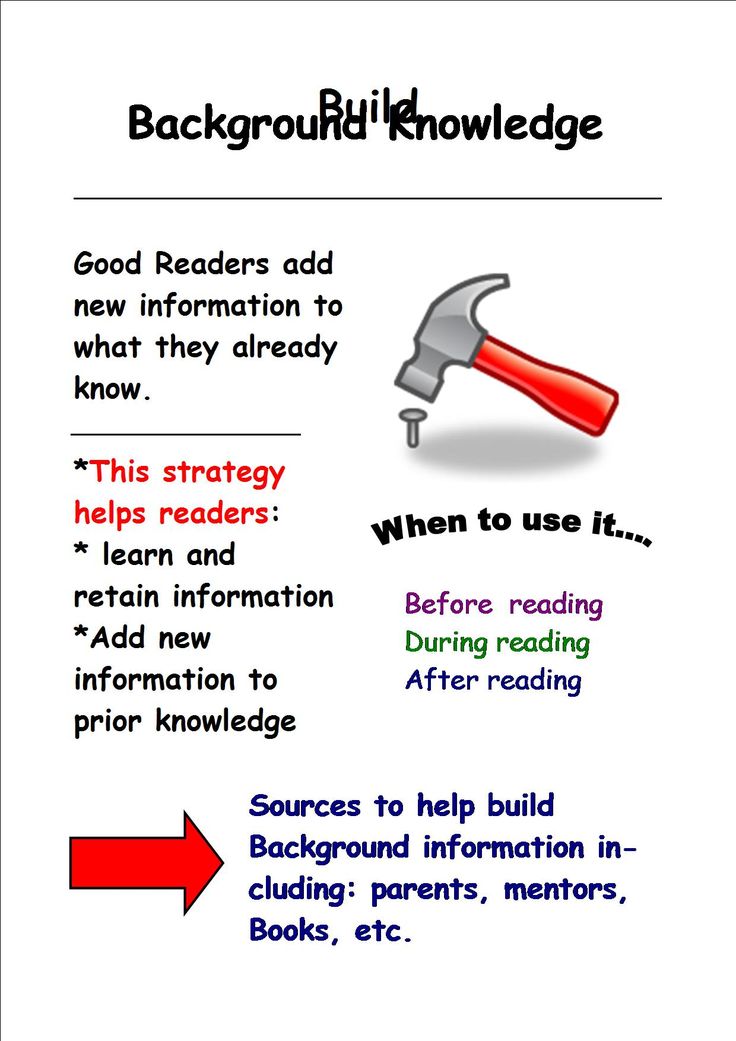
In winter….
In winter the sun….
In winter the sun does not…..
In winter, the sun does not warm ....
In winter, the sun does not warm the earth.
Core…..
She lived...
Life was kind…..
She lived a kind, hardworking ....
Zhila was kind, hardworking and…..
Zhila was kind, hardworking and smart…
There was a kind, hardworking and smart girl...
Once upon a time there was a kind, hardworking and smart girl Masha.
2. Chained reading.
Words are highlighted in the text. Nr: Masha went to forest for berries. One child reads the highlighted word, and the other the next. After working out such a reading, we give the text of another sample.
ID: Masha went to forest. And then we read the text without selections.
- Badgers.
Luminary bright sun .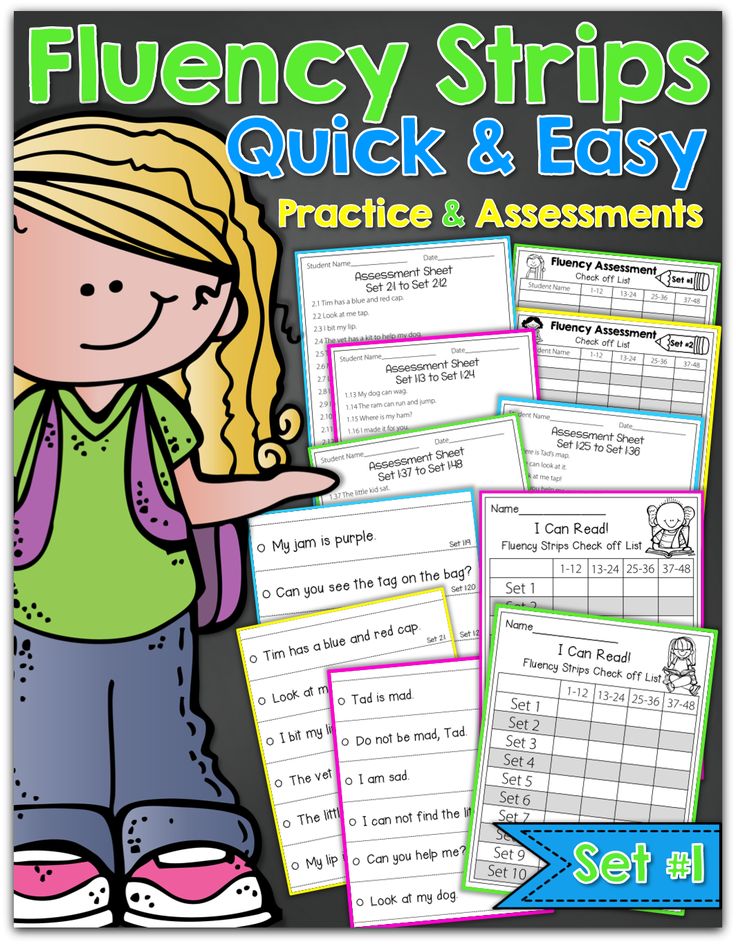 Under the pine near the river there was a badger hole . At hole sat a badger. Here the animal made a weak sound . From dark holes steel crawl out badgers . Toddlers were small and fat. Badger steel play . They rolled from side to side on wet ground. Little badger was the most cheerful .
Under the pine near the river there was a badger hole . At hole sat a badger. Here the animal made a weak sound . From dark holes steel crawl out badgers . Toddlers were small and fat. Badger steel play . They rolled from side to side on wet ground. Little badger was the most cheerful . - In old times there lived a girl. She took she once a handful of ashes and threw her on the sky . Ash scattered there, and sky lay star road.
From those until this starry road illuminates at night Earth soft light to people returned home not in total darkness and found their home .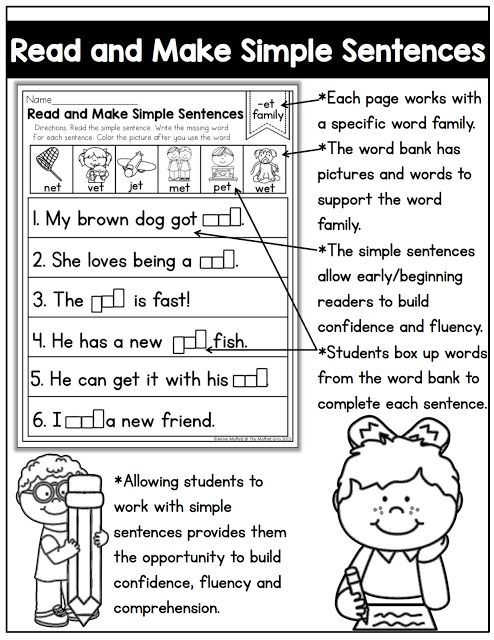
- Hen.
A hen with chickens walked around the yard. Suddenly it began to rain. The chicken quickly sat down on the ground, spreading all the feathers. This means: hide quickly. And all the chickens crawled under her wings. Who is completely hidden, who only has legs visible, who has a head sticking out, who has an eye peeping out. Chickens are not afraid of rain!
3. Select and circle the words that are written before the line.
elephant | nosalosnsmonslollosmlonlosml
cup | cupcupcupcupcupcupcupcupcupcupcup
finger | small fingerfingerfingerfingerfinger
key | sunroof key key key
water | odavvadovadadavodabadadovavoda
4. Arrange the letters to form words. Read it clearly. Make suggestions.
LOST, RESLOK, SNUDKU, ARTAKIN, YAKSAPL, SOKTOR, TUSL, OVKER, AZVA, ROVKAT, ODIAR, PALMA, NAVNA, IVADN, GUTYU, NOKO, LOKZERA
Write down the words from memory.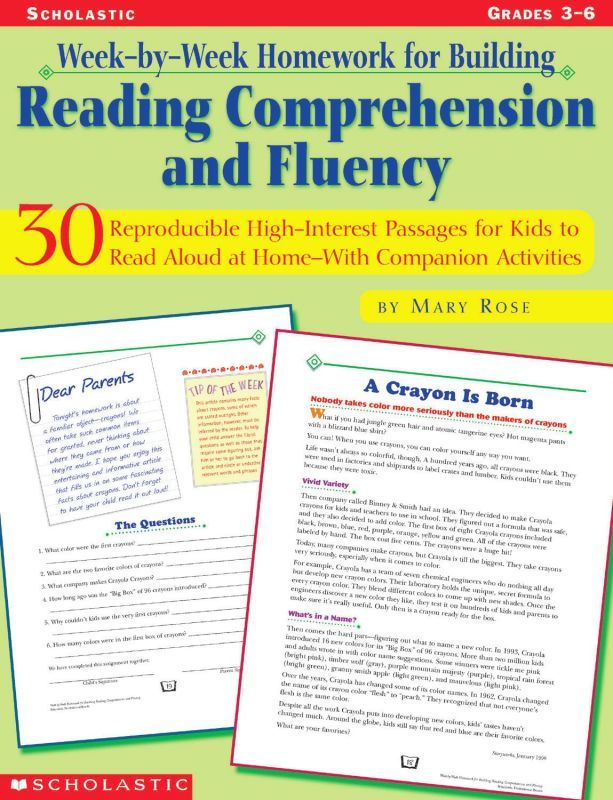
5. You are invited to look at the pictures (10 pieces). Watch for 1 minute and then call. Please name in order.
Exercises for developing reading fluency. | Methodical development on reading on the topic:
Exercises for developing reading fluency.
Often in reading lessons I use the method of expression in creative situations. The alternation of different types of activities in reading lessons reduces fatigue, children have more time, they understand the purpose, the meaning of their work, since their activity is motivated.
Reading is the most important means of obtaining knowledge. In my lessons, I use speed reading techniques that help train memory and speed up reading technique.
Articulation gymnastics.
a) warm-up
inhale through the nose, exhale through the mouth;
inhale, hold the breath, exhale;
inhale, exhale in portions.
b) exercises for developing clarity of pronunciation:
Planes take off: woo.
Cars are moving: w-w-w.
The horses galloped: tsok-tsok-tsok.
A snake is crawling nearby: shhhh.
c) reading tongue twisters in a whisper and slowly:
ra-ra-ra - the game begins,
ru-ru-ru - I hit the ball with my hand.
d) reading softly and moderately:
arch of arts
arta arda
e) reading loudly and quickly:
fire - fire - fire
door - beast - 9 worm
water talker carried water from under the waterfall.
2. Speak, speak, don't talk too much.
3. Geese cackle up the mountain, fire burns under the mountain.
The student takes a deep breath and on exhalation reads 15 consonants of one row:
BTMPVChFKNShLZTsS KVMSPLBShGRDBLST PRLGNTVSCHTSFBHNM
Folding words from halves.
Take from 3 to 10 words, each of them is written on two small cards. The child is invited to quickly fold the cards so that meaningful words are obtained.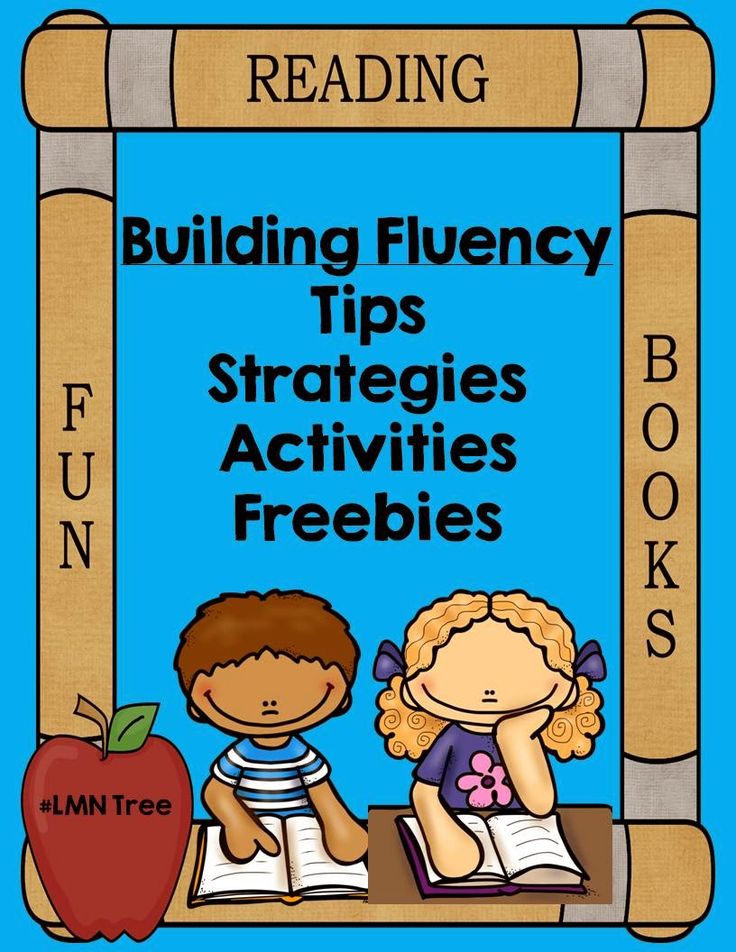 In a more complex version, words similar in spelling are offered.
In a more complex version, words similar in spelling are offered.
This exercise develops the ability to make a guess about the whole word from a single fragment and immediately confirm it with the missing fragment. In addition, an attitude is formed on the letter-by-letter analysis of the word.
To develop speed and flexibility (the ability to change the speed of reading depending on the content), exercise is used
“Tugboat”
The essence of the exercise “Tugboat” is reading in pairs. An adult reads “to himself” and follows the book with his finger. And the child reads aloud, but on the finger of an adult. Thus, he must keep up with his reading.
The second variant of the “Tugboat” exercise consists in reading aloud by an adult and a child at the same time. An adult reads within the speed of a child, who must adjust to his pace. Then the adult stops and continues to read "to himself", the child follows his example. Then read aloud again. And if the child correctly “caught” the pace of reading, then he will “meet” him on one word.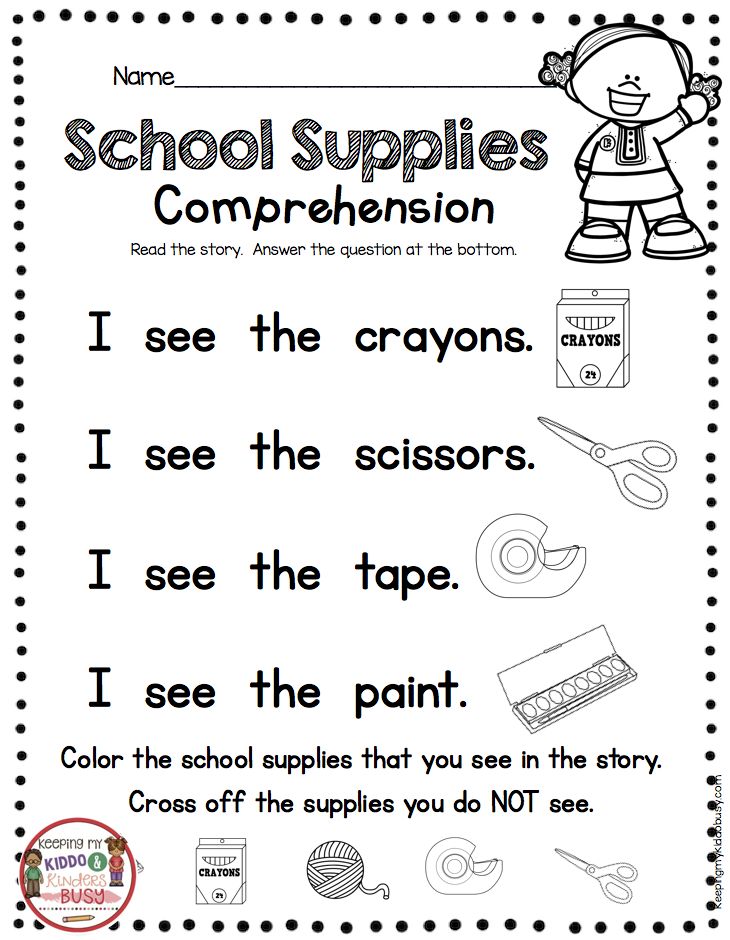
Multiple reading
The student is asked to start reading and continue it for one minute. After that, the student notes to what place he has read. This is followed by a second reading of the same passage of text. After that, the student again notices to which word he has read, and compares it with the results of the first reading. Naturally, the second time he read a few words more (someone for 2 words, someone for 5, and someone for 15). The increase in the pace of reading causes positive emotions in the child, he wants to read again. However, this should not be done more than three times! Avoid fatigue. Fix the situation of success. Praise the child.
“Throw-serif”
Its purpose is to develop the visual ability to navigate in the text. It consists in the following:
The child puts his hands on his knees and begins to read the text aloud at the command “Throw”. When the “Serif” command is given, the reader takes his head off the book, closes his eyes and rests for a few seconds, while his hands remain on his knees.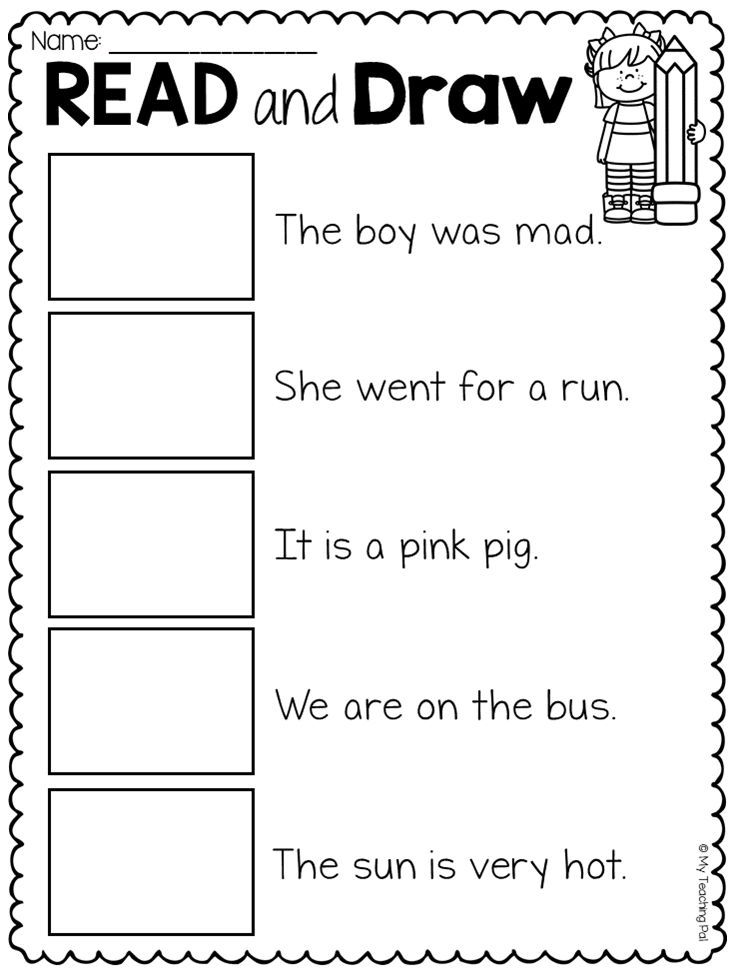 On the command “Throw”, the child must find with his eyes the place in the book where he stopped and continue reading aloud. This exercise can last about 5 minutes.
On the command “Throw”, the child must find with his eyes the place in the book where he stopped and continue reading aloud. This exercise can last about 5 minutes.
Exercises aimed at reading comprehension.
- Name in one word CHIZH, ROOK, OWL, SWALLOW, SWIFT.
- Divide the words into groups HARE, BEAR, PEA, KOPPLE, HEDGEON, WOLF, CUCUMBER.
- The next type of work, where all the words are written together.
They went to the lake in the evening to spend the night.
The main thing is that the child likes to read. When working on the text in reading lessons, I use the following exercises.
Reading "ECHO"
At the first stage of learning, a well-read student begins to read one word from a sentence, and a weak reader reads the same word next.
Purpose: the strong feel responsible, and the weak more self-confident. At a later stage of training, the strong and the weak change roles.
Reading "SPRINT"
They read an unfamiliar text to themselves, and after reading they answer the questions formulated before reading to the text.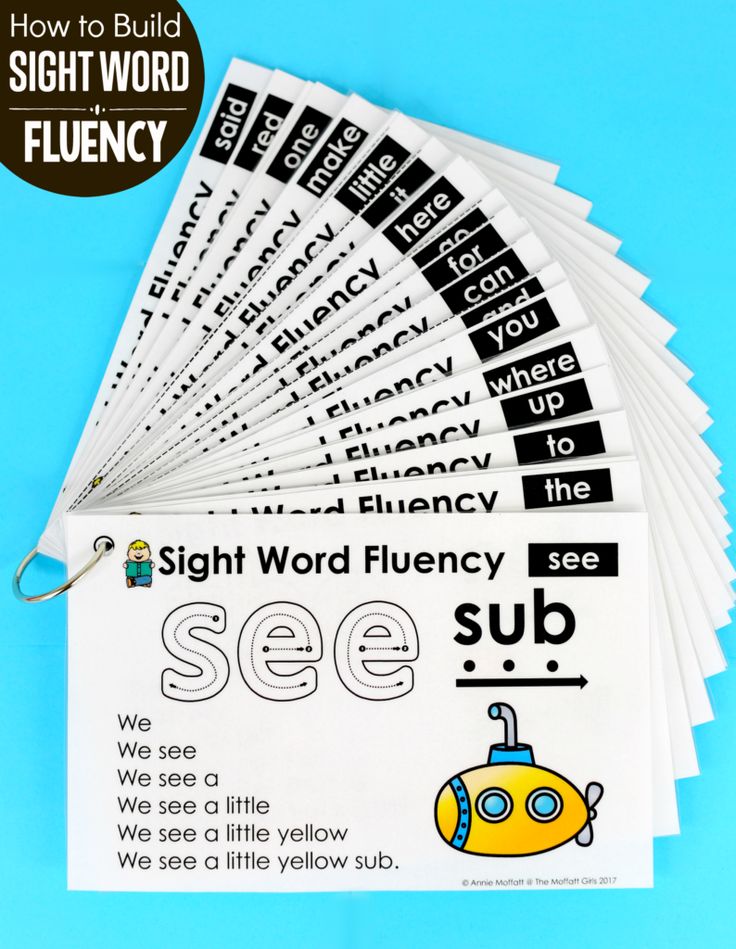
Reminders
- Close your lips and teeth tightly.
- Read only with your eyes.
- Read as fast as you can.
- Answer the questions to the text.
Reading "INTELLIGENCE".
It lies in the fact that children scan the text at the maximum speed for them and find answers to the questions posed by the teacher before reading. Thus, children learn not only vertical reading, but also the ability to navigate in the text, to find the main thing. Each of these exercises takes 5-7 minutes to complete.
Buzzing reading. This is such a reading when all students read aloud at the same time, in an undertone, so as not to disturb others, each at his own speed.
At each reading lesson I work on the development of reading technique and the development of working memory. I do this with the help of visual dictations, the texts of which were developed and proposed by Professor I.T. Fedorenko. Methods and techniques of teaching serve as a means of organizing the cognitive activity of students, the formation of their personality.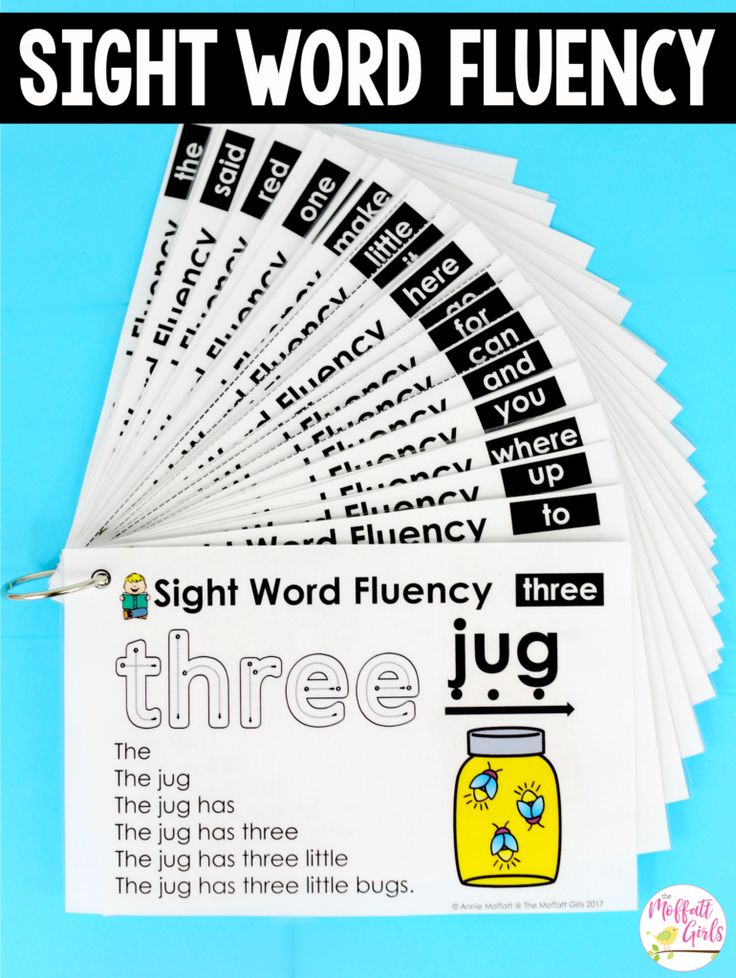

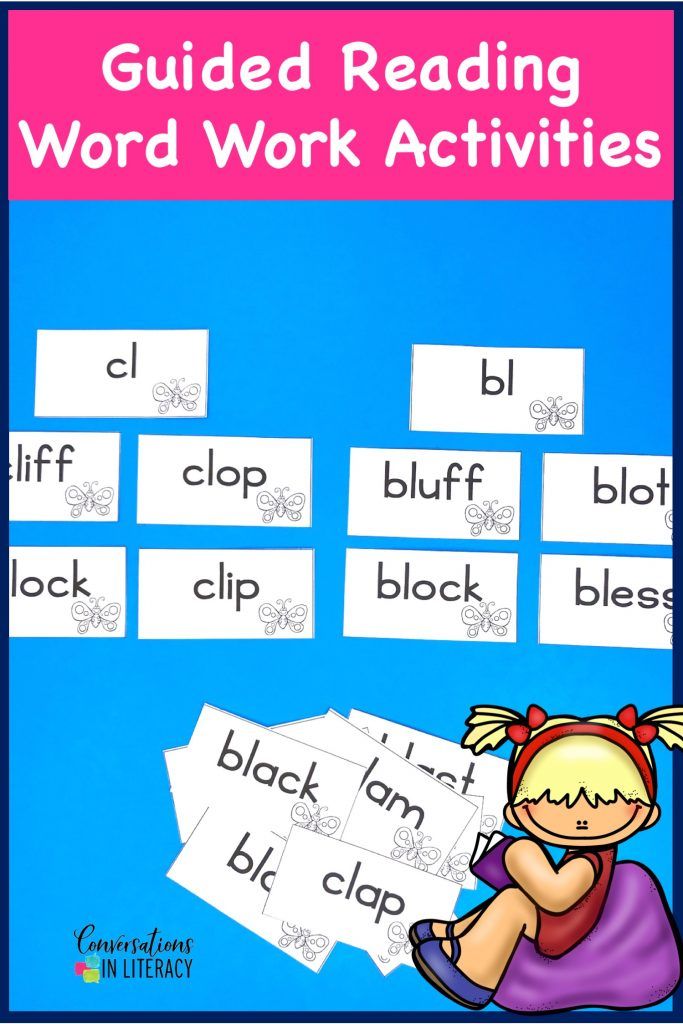 e., before, during, and after), and see examples of scoring and graphing oral reading.
e., before, during, and after), and see examples of scoring and graphing oral reading.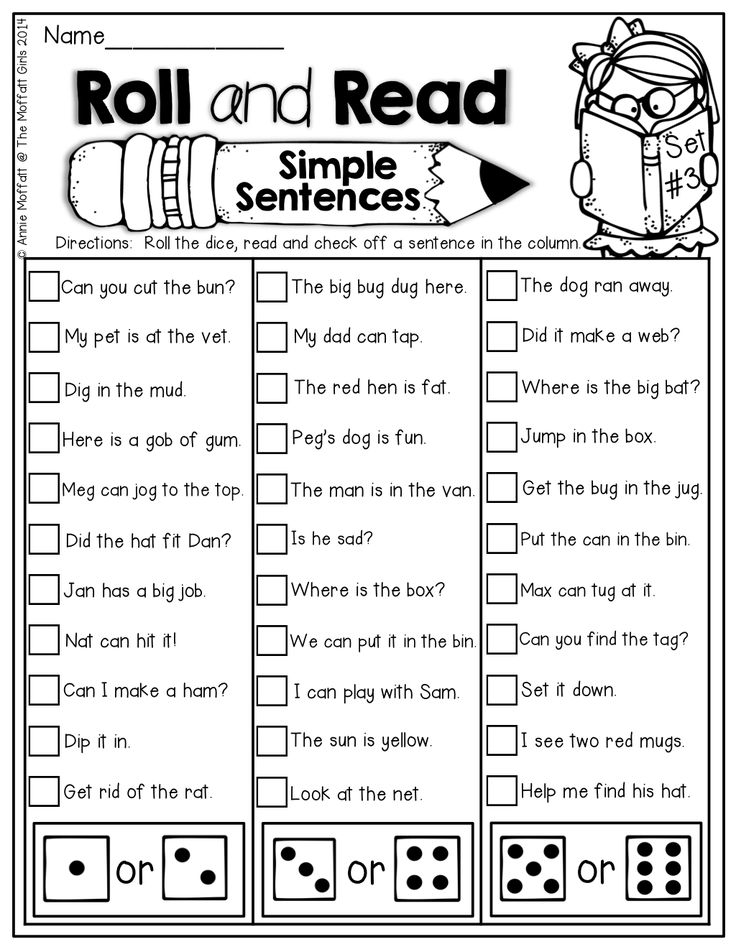 For fluency, activities include basic steps to teach reading fluency, partner reading, fluency word cards, page races, repeated readings, fast phrases, independent reading, and more.
For fluency, activities include basic steps to teach reading fluency, partner reading, fluency word cards, page races, repeated readings, fast phrases, independent reading, and more.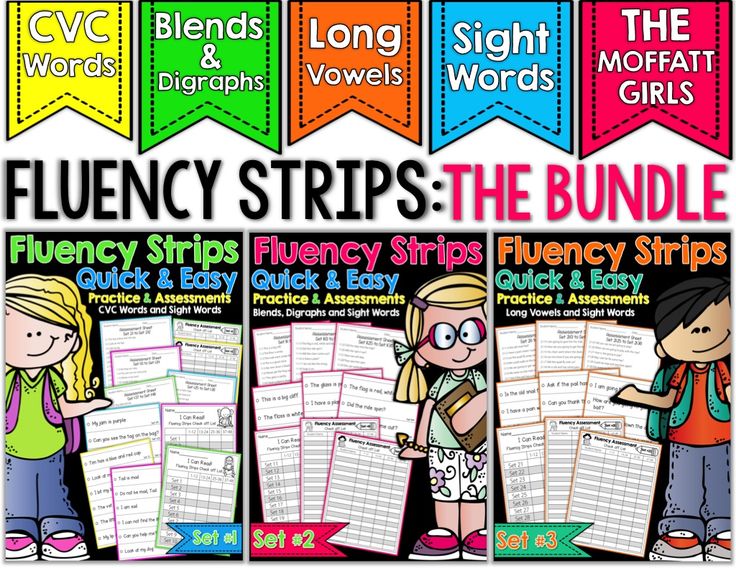 Practices for reading fluency include (but are not limited to) text reading, partner reading, fast phrases, diagnostic assessments, progress monitoring, and providing feedback.
Practices for reading fluency include (but are not limited to) text reading, partner reading, fast phrases, diagnostic assessments, progress monitoring, and providing feedback.